Safety is a top priority. This doesn't just apply to the choice of slopes and terrain. Safety begins with the choice of equipment.
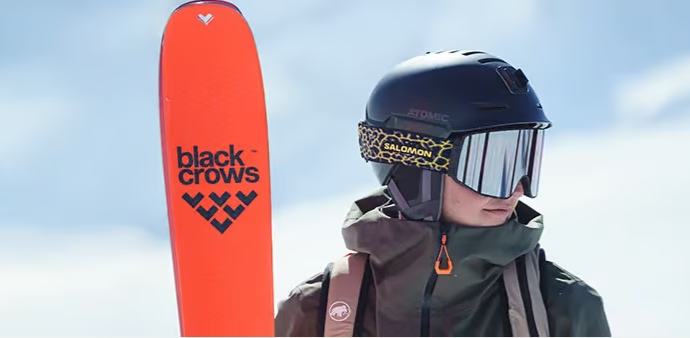
The days of flowing hair and beach goggles casually tucked into the hair are over. The proportion of people wearing helmets on the slopes is now approaching 99% and ski goggle refusers are almost exclusively found in the 60+ age group. Of course there are also multifunctional sunglasses, but these are only useful if they fit under the helmet. Ski goggles are available in such a variety of colors and qualities that a whole book could be devoted to them. However, athletes often do not attach enough importance to them.
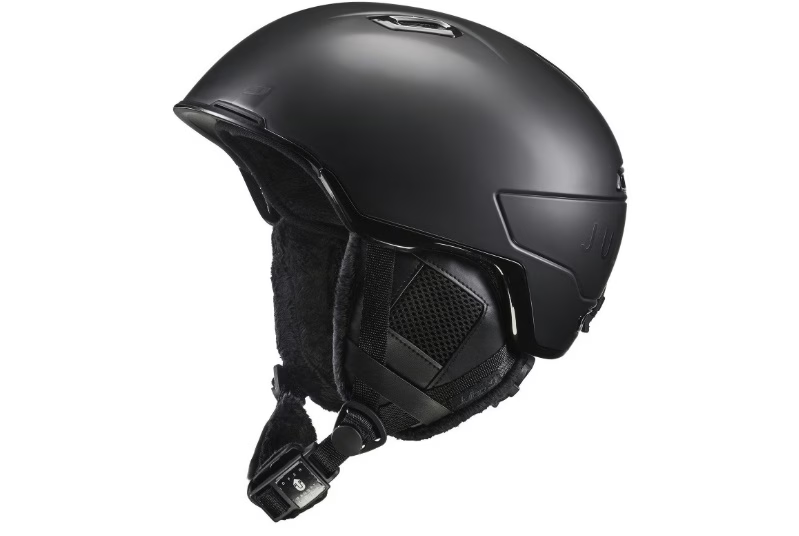
Helmets and protectors are effective when an accident has already happened, but with perfect vision, the accident can be prevented in advance. On the one hand, this applies to the condition of the ski goggles. They are often scratched - Soggle, a Bavarian start-up, offers microfiber protection with elastic bands and an infinite number of designs. For some time now, this has also been the case for helmet visors. And of course there are also lenses of varying quality. It is a fact that the lenses are the most important and most expensive part of the top models, for which you can shell out hundreds of euros. When buying, you should also make sure that at least two lenses are included. For many people, however, the handicap begins earlier: it is a limitation of vision. Some still go out on the slopes with everyday glasses and a hood, but the fun is over when it snows.
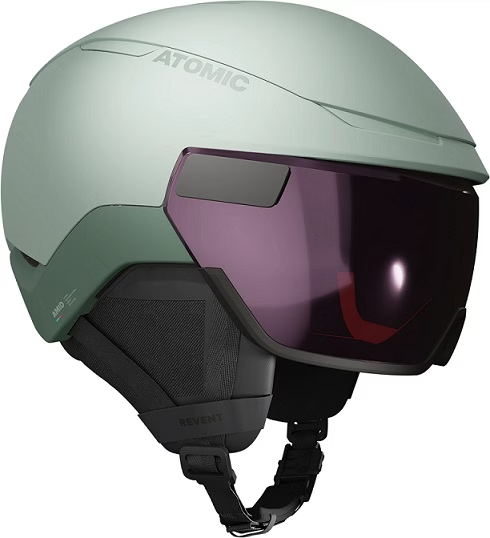
demanding all-mountain skiers. With a fully integrated visor with wide peripheral vision and optical clarity in HD quality and a new version of the AMID impact protection system with soft EPP foam I © atomic.com
GLASSES WEARERS STILL HAVE A HARD TIME squeezing their usual lenses under their ski goggles. So what other options are available to the diopter slave other than relying solely on feeling? Many people use optical lenses, which do not restrict their field of vision or their choice of ski goggles. But not everyone can tolerate the lenses. That is why there have been lens inserts for simple ski goggles for ages, which are shaped so that you can wear your office glasses underneath. These are increasingly being replaced by "normal" ski goggles, which have recesses in the frame into which the temples for not-too-large optical glasses or dedicated sports glasses fit.

But that alone does not guarantee perfect vision. One innovation in recent years is ski goggles where the lens can be easily inserted and removed using magnets. Sometimes there is even space for the glasses underneath. A pleasant side effect of these magnetic systems is that you can easily switch from sunglass to fogglass during the course of a day of skiing. The complete solution is being brought into play more and more often, and not just for users of optical glasses: the visor helmet. But there is no guarantee that the optical glasses underneath will not fog up.
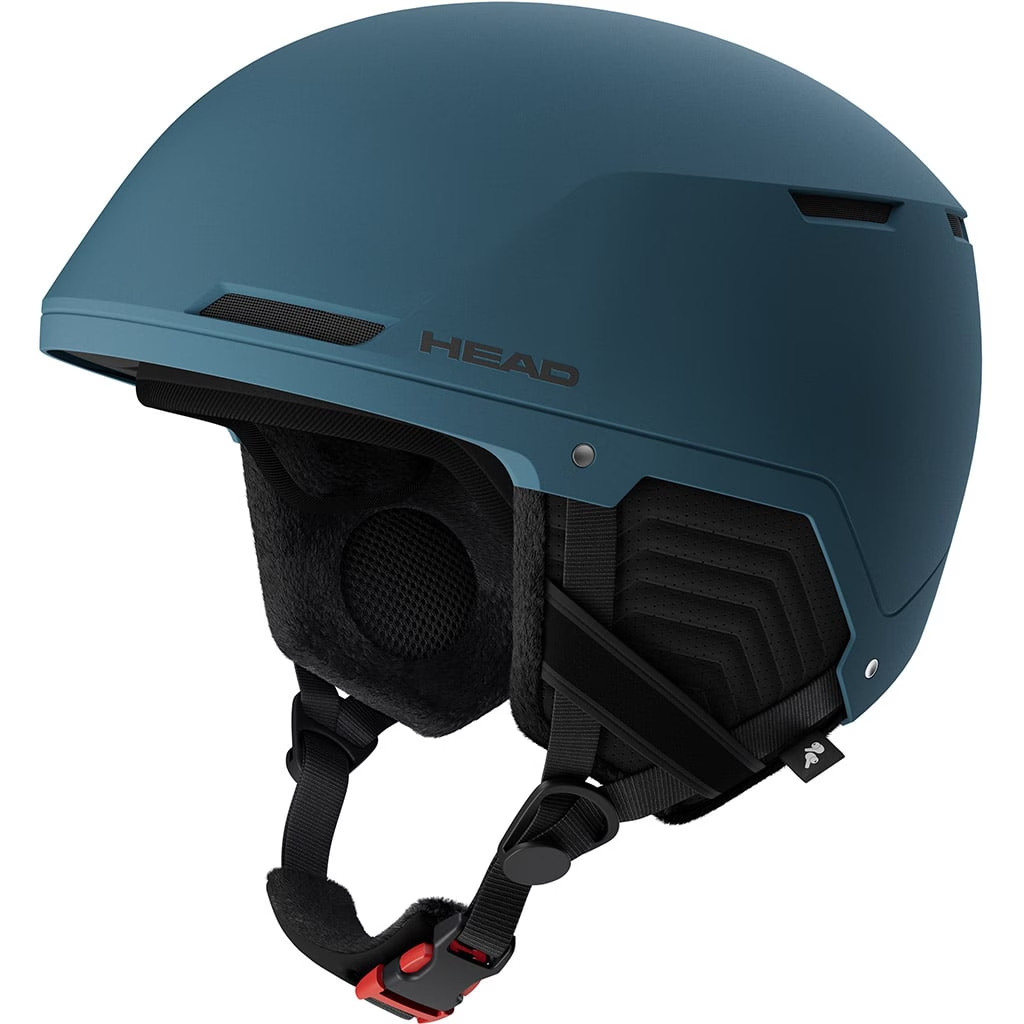
patented Sphere Fit System with BOA®, on every head. The wind tunnel system cools via seven outlets I © sport-conrad.com
FOR THE BEST POSSIBLE PROTECTION, it is generally important that the helmet fits exactly. In addition to different helmet sizes, fine-tuning is required here. The easiest way to achieve this is with an integrated cushion. Most top manufacturers have integrated this today. Another recommendation is to use a helmet and ski goggles from the same brand. Manufacturers are responding strongly to the touring trend. Because if you sweat on the way up, you simply need a lighter, better ventilated helmet. It is no secret that most tourers use lighter head protection such as a hood or headband when climbing. While head protection has been undisputed since Michael Schumacher's tragic accident, the importance of back protection is largely ignored. But for freeriders and especially young people, protectors are increasingly part of their equipment. A distinction is usually made between hard shell and soft shell protectors. Overall, it is noticeable that they are mutating from point protection to a fashionable item of clothing.
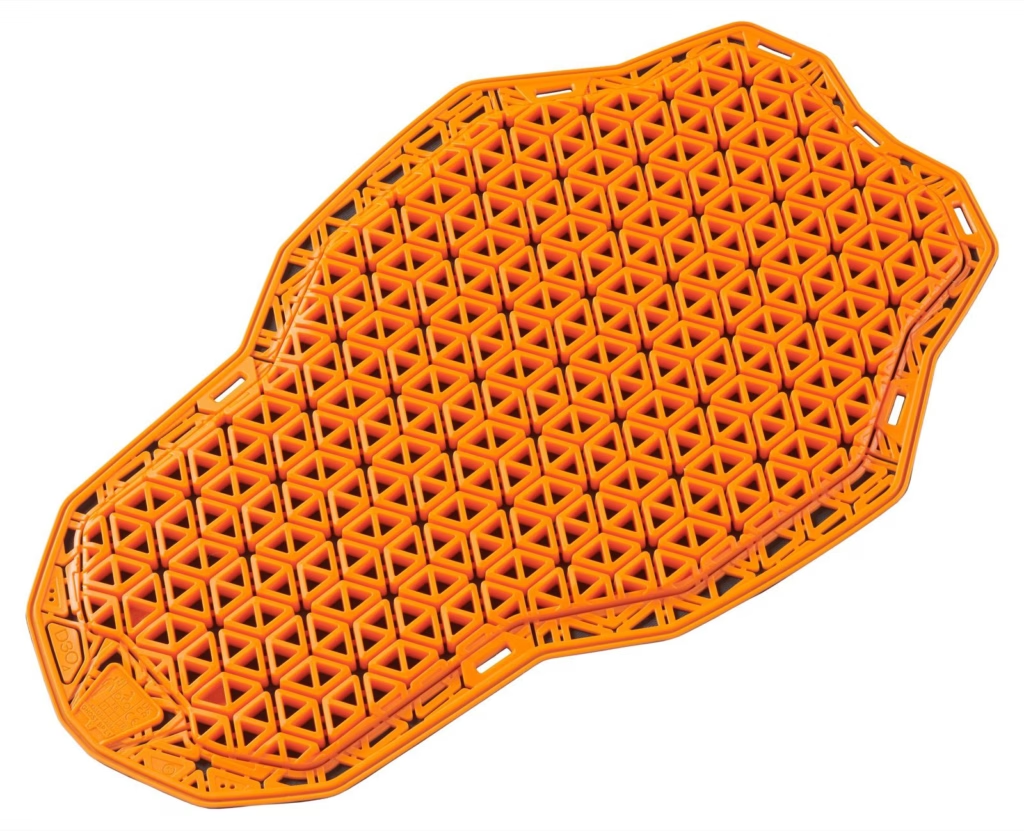
but also for bikers I © mkcmoto.com